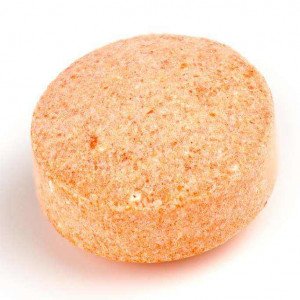 Welcome
Welcome
“May all be happy, may all be healed, may all be at peace and may no one ever suffer."
- A
- B
- C
- D
- E
- F
- G
- H
- I
- J
- K
- L
- M
- N
- O
- P
- Q
- R
- S
- T
- U
- V
- W
- X
- Y
- Z
Artiron DS 0.20%
Stedex-T 0.1% + 0.3%
Dexaflox 0.3% + 1%
Catnil
Floromox-D 0.5% + 0.1%
Patalon DS 0.20%
Alacot Max 0.70%
Lox-D 0.3% + 1%
Visomox D 0.5% + 0.1%
Ophthalmic Solution - Brands
An ophthalmic solution is a type of medication that is used to treat eye conditions. It is a liquid medication that is specifically formulated to be applied topically to the eye. Ophthalmic solutions are typically administered as eye drops.
Ophthalmic solutions are used to treat a variety of eye conditions, such as infections, inflammation, glaucoma, and dry eye syndrome. They may contain different types of active ingredients, such as antibiotics, anti-inflammatory drugs, or medications that lower intraocular pressure.
Ophthalmic solutions are typically applied by tilting the head back and pulling down the lower eyelid to create a pocket. A drop or several drops of medication are then placed into the pocket, and the eye is closed and gently pressed on the inner corner for a few seconds to help the medication distribute evenly across the eye surface.
Ophthalmic solutions are generally safe and effective when used as directed, but they may cause some temporary stinging, burning, or other mild discomfort. It is important to follow the instructions carefully and to avoid touching the tip of the dropper to the eye or any other surface to prevent contamination. If any side effects occur or if symptoms do not improve, it is important to contact a healthcare provider for further guidance.
How to use Ophthalmic Solution?
Here are some general guidelines on how to use an ophthalmic solution:
- Wash your hands: Before using the ophthalmic solution, wash your hands thoroughly with soap and water.
- Prepare the solution: Remove the cap from the ophthalmic solution bottle and make sure it's not expired. Tilt your head back and hold the bottle with the tip pointing downwards. Do not touch the tip of the bottle to your eye or any other surface to prevent contamination. Squeeze the bottle to instill the prescribed number of drops into your eye.
- Close your eye: Close your eye gently for a few seconds to allow the solution to spread across your eye.
- Repeat for the other eye: If prescribed, repeat steps 2-3 for the other eye.
- Replace the cap: Replace the cap tightly on the ophthalmic solution bottle and store it in a cool, dry place.
It's important to follow the instructions provided by your healthcare provider and the manufacturer of the ophthalmic solution. If you have any questions or concerns about how to use an ophthalmic solution, speak with your healthcare provider or pharmacist. Be sure to follow the recommended dosing and frequency for the solution to ensure safe and effective use. Additionally, if you wear contact lenses, check with your healthcare provider or pharmacist to determine if you need to remove your lenses before using the ophthalmic solution.

IM/IA Injection

Gel

Tablet (PR)

Oral Gel

LC Soap

Gel

Tablet

Microgranules
Ophthalmic Solution, How to use Ophthalmic Solution, চোখের সলিউশন, চক্ষু সংক্রান্ত সলিউশন
To be happy, beautiful, healthy, wealthy, hale and long-lived stay with DM3S.